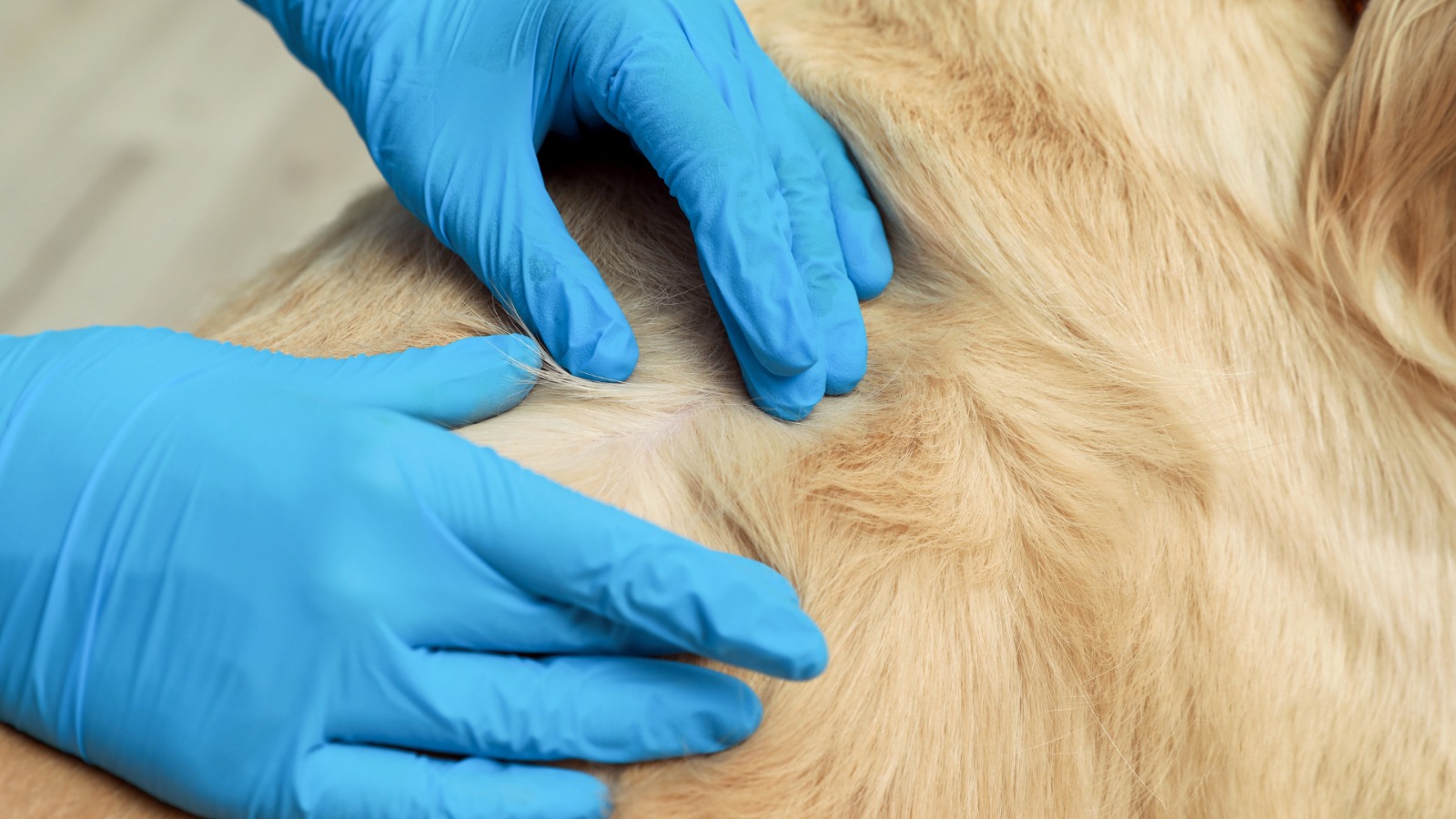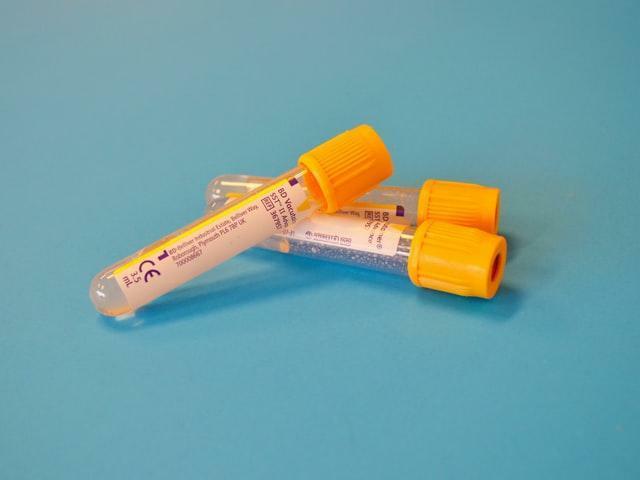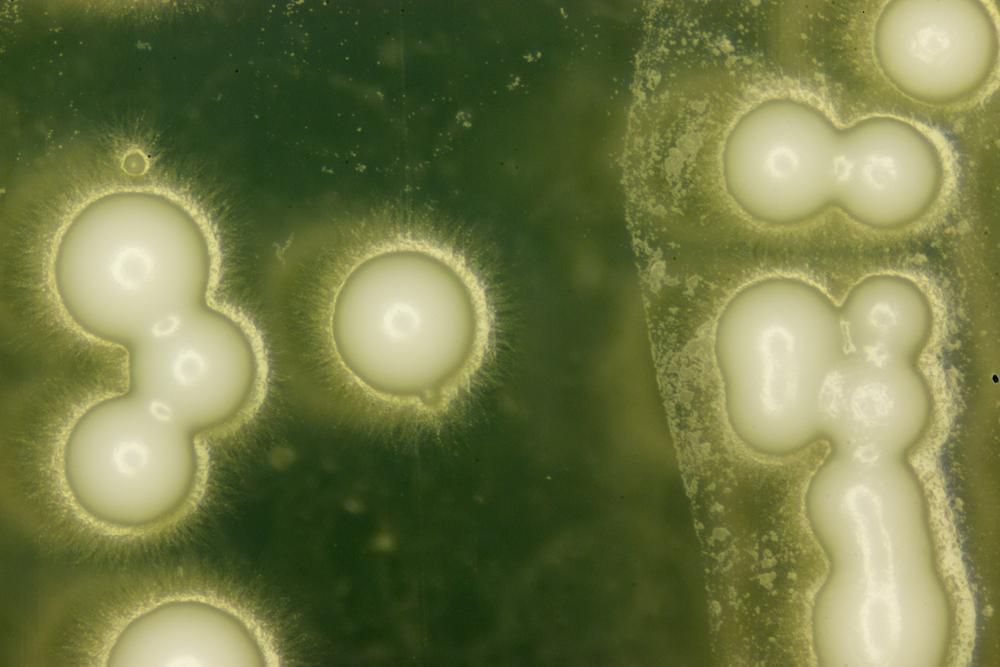Another one of the most common issues brought to us here at My Pet Nutritionist is Atopic Dermatitis. Most commonly seen in dogs, it can also occur in the cat.
Atopic dermatitis is a multifactorial disease process, but it is defined as a genetically predisposed inflammatory and pruritic allergic skin disease often associated with IgE (immunoglobulin) against environmental allergies.
The prevalence of AD is thought to be 10-15% of the canine population.
Symptoms will include:
- Scratching
- Chewing
- Licking
- Recurrent skin, ear and anal gland inflammation and infections
- Hair loss
- Thickening of the skin
It is thought that genetic abnormalities, along with an altered immune system and skin barrier defects all play a role.
So, lets take a look at AD in a little more detail. Where it comes from and what, if anything, we can do about it.
Genes
Multiple gene expressions involved in skin barrier function and inflammation have been seen to go awry in canine atopic dermatitis. They have been both up and down regulated. Gene expression is like the instruction pamphlet that comes with your washing machine. Issues in gene expression is like you being sent an instruction manual in a different language and inadvertently using the 60-degree wash on your cold wash items! It’s not going to end well.
Well, cheeky genes who aren’t doing what they’re supposed to, often doesn’t end well either.
In dogs suffering with atopic dermatitis, data has shown:
361 genes that instruct inflammation, wound healing or immune response were up regulated.
226 genes that affect skin barrier function showed decreased mRNA. mRNA is a messenger; so low concentrations result in fewer messages.
Findings here
This is why certain breeds are known to suffer with AD, specifically, German Shepherds, Labradors, Boxers, West Highland White Terriers, French Bulldogs, Bull Terrier, Lhasa Apso, Springer Spaniel, Poodle, Dachshund, Miniature Schnauzer and Pugs. That said, these predispositions are also linked to geographical area, which also demonstrates how the environment can interact with genes. There is much attention being paid to the idea of epigenetics; how behaviour and the environment can affect how genes work. This is why, even if your dog is genetically predisposed, you shouldn’t throw in the towel, just yet.
Skin Barrier Defects
The skin is the first line of defence in our trusty immune system. This goes for our dogs too. If the skin isn’t as robust as it needs to be, then pesky allergens or irritants can get in and start to knock on doors of our second line of defence; inflammation.
It is believed that part of the defects found in the skin barrier in AD cases is due to decreased concentrations of filaggrin. Not only can this be due to a genetic encoding error, but certain enzymes in the skin can breakdown filaggrin. The more enzymes, the more filaggrin gets broken down.
Filaggrin is a protein found in the skin, and it binds to keratin filaments. This forms a structure within the skin cells. Filaggrin is essential to skill cell maturation, and in forming the outermost protective layer. It also forms part of the natural moisturising substance found in the skin; without it,cells dry out. This is why low levels of filaggrin result in dry, cracked skin.
There is also evidence that filaggrin associated atopic eczema is more likely to lead to food sensitisation and inhalant allergens.
Findings here
Despite there being a genetic cause for filaggrin deficiency, the importance of maintaining a robust skin barrier is essential. Please take a look at our top tips for promoting skill health
here.
Altered Immune Response
As we have mentioned, if pesky allergens or irritants get past the first line of defence, they soon feel the full wrath of the immune response. What starts with inflammation, will venture to a targeted attack in order to eradicate the invader. In the case of a defective skin barrier, the system will regularly be exposed to potential threats, of which the immune system must deal with. This constant state of firefighting ensures a steady level of inflammation throughout the body, which is why cases of dermatitis are often paired with food sensitivities. This is why tackling chronic inflammation is a key part of a dermatitis plan.
As you have likely gathered, ensuring a robust skin barrier is essential in managing atopic dermatitis, but so is modulating the immune response and inflammation. Here are our top tips in tackling those three areas.
Polyphenols
Polyphenols are known to interfere with pro-inflammatory mechanisms. They have been seen to act upon keratinocytes which attenuate skin inflammation. Not only that but they have been seen to hamper toxicity of bacteria which regularly colonises the skin of atopic dermatitis affected patients.
Polyphenols have been seen to inhibit the activation, proliferation, and function of Th2 cells which are key players in allergic reactions. Specifically, in the inflammatory response in allergic reactions. This has also been demonstrated during re-exposure to the allergen, suggesting that offending allergens may even be reintroduced at a later stage.
Polyphenols are micronutrients found in certain plant foods; they are packed full of antioxidants. Their original role in the plant is to protect against UV radiation and of course aggression by pathogens. For that reason, they tend to contribute bitterness, astringency, colour, flavour, odour and oxidative stability.
Under the umbrella of polyphenols, you will find phenolic acids, flavonoids, stilbenes and lignans (and a few more).
Along with being anti-inflammatory and anti-microbial, the antioxidant capacity of phenolic compounds is also key to skin health. Oxidative stress is the imbalance between free radicals (the exhaust fumes of work) and antioxidants. Oxidative stress can damage the structure of the skin and negatively influence immune system function.
Interesting, polyphenols have been seen to alter certain gene expression in the dog.
Findings here
So, all things considered, they are pretty nifty things to offer in your dog’s fresh food diet.
Phenolic Compounds for The Dog
- Blackberries
- Raspberries
- Strawberries
- Blueberries
- Apple
- Pear
- Curly Kale
- Broccoli
- Green Tea (organic and decaffeinated)
- Parsley
- Chamomile
- Pomegranate
Be mindful if your dog has secondary yeast issues alongside atopic dermatitis; in this case it would be wise to avoid any fruit for the time being. f you would like to learn more about yeast in dogs, then please check out our article
here.
Zinc
Zinc is a nutrient that all humans and pets need to stay healthy – it is involved in many functions in the body. It is one of the key players in the defence system. One of the mechanisms is by stabilising cell membranes including the skin, which as we know is the body’s first line of defence. Consequently,zinc deficiency often leads to allergens and pathogens entering the body. Zinc also mediates the inflammatory response; reducing pro-inflammatory cytokines when it can do so. Low zinc can leave inflammation running all the stop lights!
Zinc also functions as an antioxidant, preventing lipid peroxidation which is in fact key to skin structure and health.
The skin has the third highest abundance of zinc in the body; being higher in the epidermis than the dermis. It is also found in mast cells which are key players in allergic response. These are the guys who also contain histamine which is released in response to an allergen. Zinc is necessary to the function of mast cells, so with low levels, they start misbehaving.
Certain breeds are also predisposed to zinc-responsive dermatosis. This is due to an intestinal malabsorption of zinc, most commonly affecting sled dogs. Perhaps the most common symptom is hardening of the skin at pressure points. Other breeds of dog like the bull terrier also suffer genetic defects resulting in poor zinc absorption and utilisation.
If indeed your dog is suffering with skin issues, it pays to consider their zinc status.
Oysters are the highest zinc containing food, followed by beef, lamb liver, beef liver, turkey thigh, pork and chicken. But as we have mentioned, if there is a genetic reason why your dog may not be absorbing or utilising zinc then this needs addressing first.
Vitamin A
The term retinoids refers to Vitamin A and the various compounds derived from it. The skin is a major retinoid-responsive tissue. Cells in both the dermis and epidermis contain proteins and receptors that mediate the biological effects of Vitamin A. Vitamin A deficiency often results in altered skin structure. Not only that but Vitamin A deficiency is associated with impaired immune function and delayed wound healing; neither is ideal in cases of atopic dermatitis.
Food Sources of Vitamin A
- Dark green leafy vegetables
- Sweet potatoes
- Carrots
- Pumpkin
- Mangoes
- Liver
- Eggs
But remember, Vitamin A is a fat-soluble vitamin, so it needs some fat in the diet to do its job.
Speaking of which…
Fatty Acids and Cholesterol
The epidermis has a very active synthesis of cholesterol, fatty acids and ceramides. Disruption of the skin’s barrier results in a rapid and marked increase in epidermal cholesterol and fatty acid synthesis; so low levels of them significantly delay its recovery.
Omega 3 and 6 essential fatty acids are the ones we are particularly interested in. They both play a part in normal skin function and appearance; omega 6 PUFAs play a particular role in structural integrity and barrier function where Omega 3s play a particular role in modulating inflammation.
When mice are fed diets completely devoid of fat, they develop visible skin abnormalities and increased water loss across their skin (impaired moisture) yet when supplemented with oils rich in PUFA, these defects can be completely reversed.
Linoleic acid is the most abundant fatty acid found in the epidermis, with arachidonic acid being the second most abundant.
The oxidation of arachidonic acid produces eicosanoids which are most commonly associated with inflammation. As we have noted, inflammation is a completely normal response for the body; it’s just about balance. In that respect, omega-3s serve an important immunomodulatory role.
On the other side of the coin, low cholesterol has been associated with increase barrier permeability, so whilst it is often given a bad rap, cholesterol is crucial in skin health.
The main sources of cholesterol for your dog are organ meats and eggs. Sources of Omega-6 essential fatty acids include evening primrose oil, borage oil and meat, sources of Omega-3 essential fatty acids include green leafy vegetables, flaxseed (oil), walnuts, fish, fish oil, krill oil, algae oil. Hemp seed oil contains a good balance of both omega 6 and omega 3 essential fatty acids and it also contains Vitamin E!
Findings here
Summary
Whilst there are clear genetic markers for atopic dermatitis in the dog, this doesn’t mean all is lost. A defective skin barrier along with altered immune function is also thought to play a role in the development and chronicity of it. There are a number of nutrients and functional ingredients that can contribute to the maintenance of a robust skin barrier along with supporting immune function and there is evidence that gene expression can be modified, in some instances.
If you are facing atopic dermatitis with your dog, or cat, or any other skin issue, then please feel free to get in touch to see if we can
help.
Thanks for reading.
MPN Team x

















































